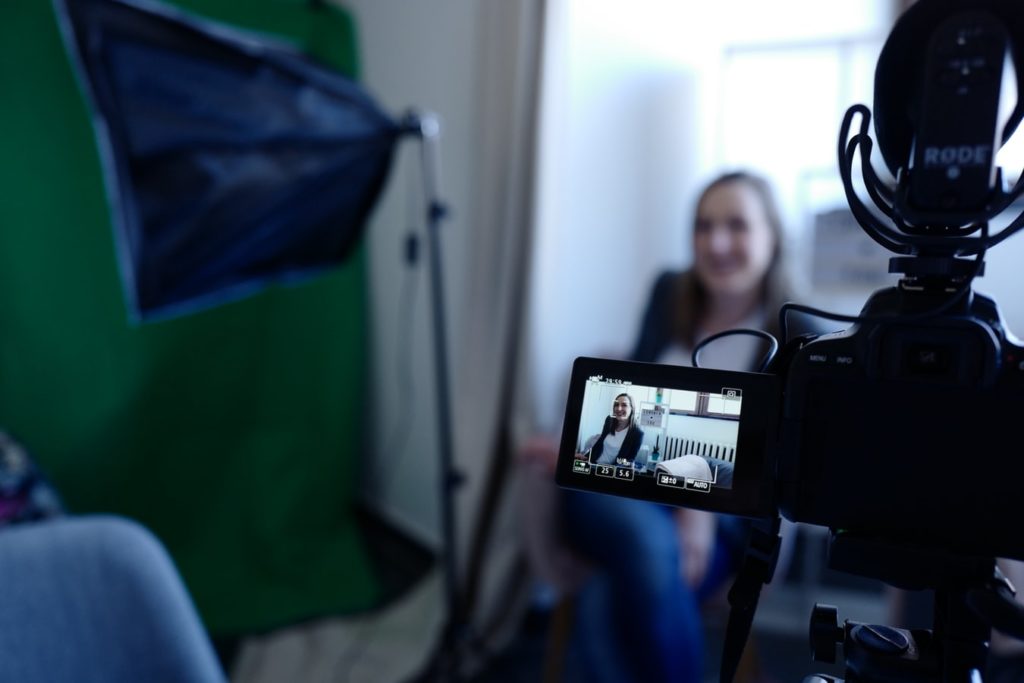There were nine movies nominated for best film of the year by the 2019 Oscar committee. Only one of those films was directed by a woman, and it didn’t win. Greta Gerwig, the director of that movie (“Little Women“), was snubbed in the ‘Best Director’ category. While that might seem unfair, it shouldn’t really come as a shock. Only five women in the history of the Oscars have ever been nominated for ‘Best Director.’
Hollywood tends to get things “wrong” about women in more ways than one. Not only has there been uproar about inequality within the industry, but how women can sometimes be portrayed in movies with male directors.
But women are an important part of the film industry. In fact, they contribute a lot to its success. So is there really an inequality or injustice problem here? If so, what should be done about it?
Inequality in the Industry
If the Oscars statistics aren’t enough, there are plenty of ways to see how women haven’t gotten an equal cut of success from critics and peers. Women directed 12% of Hollywood’s biggest hits last year. That number might seem small, but it’s a record for that particular statistic.

Alternative platforms to the traditional movie-release process are giving female directors more of a chance, it seems. Netflix is hiring more female directors than Hollywood. The company released 53 original films last year on its streaming service (in the United States), and 20% of those films were directed by women.
Other streaming services also seem to be encouraging women to take the helm more often. Apple TV+ has found success in its series “The Morning Show” starring Jennifer Aniston and Reese Witherspoon. While it’s not a movie, Aniston chose female director Mimi Leder to direct it, knowing just how big of a hit it could be.
If these streaming services and different platforms are showing us anything within the film industry (and expanding into television), it’s that a change seems to be coming where women will continue to take creative leads. But, Hollywood doesn’t seem to be quite as onboard yet as everyone else, as you can see in the earlier statistics.
What Male-Directed Films Get Wrong
Unfortunately, women being under-represented in Hollywood isn’t the only problem the industry faces. It’s been argued that male directors have many misconceptions about who women really are and how they should be portrayed in movies.
Misconceptions of women in film are nothing new. In fact, even Hollywood’s elite actresses have become fed up with the inequalities. In 2004, actress Geena Davis started the Geena Davis Institute on Gender in Media to help create female characters in children’s programming that would reduce unhealthy stereotypes for the next generation. Not only can organizations like this help with misrepresentations of women, but homosexual and transgender individuals, too.
Even movies that are often targeted toward women tend to misrepresent them. Romantic comedies are a perfect example of this…”
Even movies that are often targeted toward women tend to misrepresent them. Romantic comedies are a perfect example of this. While watching a rom-com on a date night or anniversary can be fun and allow you to get cozy with the one you love, they’re not always realistic and often surround a woman on some kind of quest to end up with a man or have her problems solved by a man.
There are a few romantic comedies and love story dramas that break this pattern, but for the most part, it’s easy for male-directed films to make women appear as though they need a savior. In fact, they may be getting their target audience wrong, too. A Fandango survey of over 3,000 women found that their favorite movie genre was action. Only 9% of those surveyed preferred romantic movies.
The Misrepresentation of Reality
Women are twice as likely to watch the Oscars as men, and women make up about 80% of consumer purchases. So one might think the award show would give women a bit more credit throughout the evening. But not only did the Oscars snub many female-led movies in 2019, they took the misrepresentation of women one step further—by not allowing a certain commercial.
Here are some important commercial facts from the 2019 Oscars to consider:
- There were 51 commercial spots available during the award show.
- Companies spent a collective $152 million to get a commercial aired during that time.
- There was a total of 38 minutes of commercial time.
- ABC had the most commercial air time (almost 8 minutes).
- Cadillac had the second-highest air time (4 minutes).
The Cadillac stat is interesting because more men than women are registered drivers in the U.S., and only 32.7% of Cadillac drivers are women.
Keeping that in mind, we can go back to that commercial that wasn’t aired. It was an advertisement for the company Frida, which is known for health and wellness products for babies and new moms. The advertisement that was supposed to be shown during the Oscars featured a brand new mother, likely just a few days after delivering her baby. She gets up in the night to use the bathroom at home and has to go through a particular postpartum “routine” to care for herself. You can check out the commercial for yourself here:
The commercial was banned for being too graphic, but it was really nothing more than a realistic, accurate depiction of new motherhood that almost 4 million women in the U.S. probably experienced last year, too.
So while it’s clear Hollywood seems to be struggling to encourage gender equality and representing women in film correctly, there is hope for the future of females in film and behind the camera when it comes to streaming services and new platforms. Hopefully, that will give those in Tinsel Town the encouragement they need to make active, productive changes, so the landscape of these award shows can change for the better from now on.
– by Frankie Wallace

